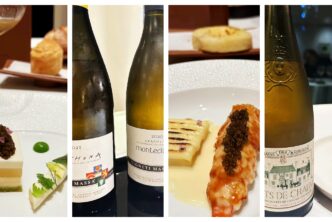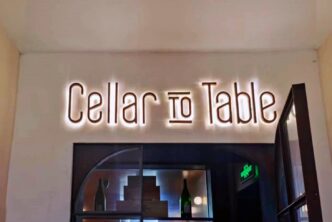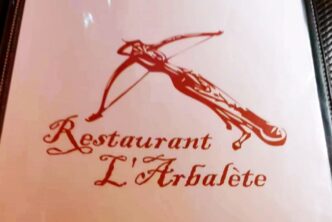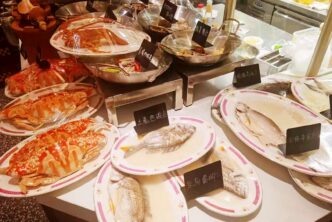Le Bernardin
155 W 51st St
New York, NY 10019
Tel. 001 212-554-1515
The dishes
Layers of thinly pounded yellowfin tuna, foie gras, toasted baguette, chives
Shellfish medley: uni, razor clam, lobster; geoduck, shrimp custard, smoked pork dashi broth
The wines
Diebolt-Vallois NV Champagne Blanc de Blancs 93
Schloss Gobelsburg 2019 Ried Lamm Grüner Veltliner 92
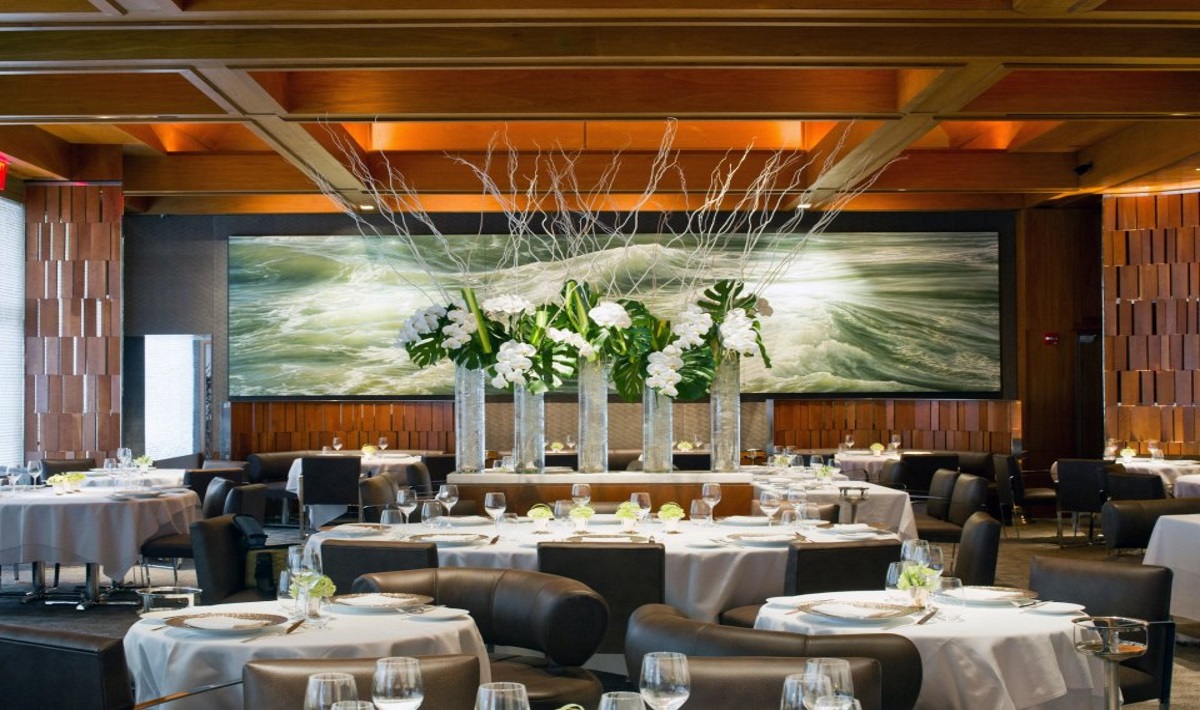
I recently had lunch with a friend at New York’s premier French seafood restaurant, Le Bernardin. Opened in 1985, Le Bernardin is in the opinion of many experienced dinners the best French restaurant in Manhattan and easily one of the top ten restaurants in the city. Its consistency over these nearly thirty-eight years is nothing short of amazing. It is one thing to reach the pinnacle. It is quite another to maintain it. Service is attentive and professional without being overly solicitous. And of course, the food is nothing short of exceptional. On this day, I opted for the Layers of Thinly Pounded Yellowfin Tuna, Foie Gras, Toasted Baguette, Chives. The textural and flavor contrast was convincing. To be sure, unusual. The sweetness of the tuna combined with the rich saltiness of the foie gras was a complete success. Finesse in execution, subtle intensity on the palate. This is pure Eric Ripert thinking in action. The following dish was the Shellfish medley: uni, razor clam, lobster; geoduck, shrimp custard, smoked pork dashi broth. A complex dish with five different textures modified by the dashi. Everything at once elegant but also intellectual: like the first course, this was subtle, and demanding the full attention of the diner. Nothing loud. A musical dish with lingering overtones. Ripert is gifted at combining seemingly disparate flavors and textures. And I’d say almost always convincing!
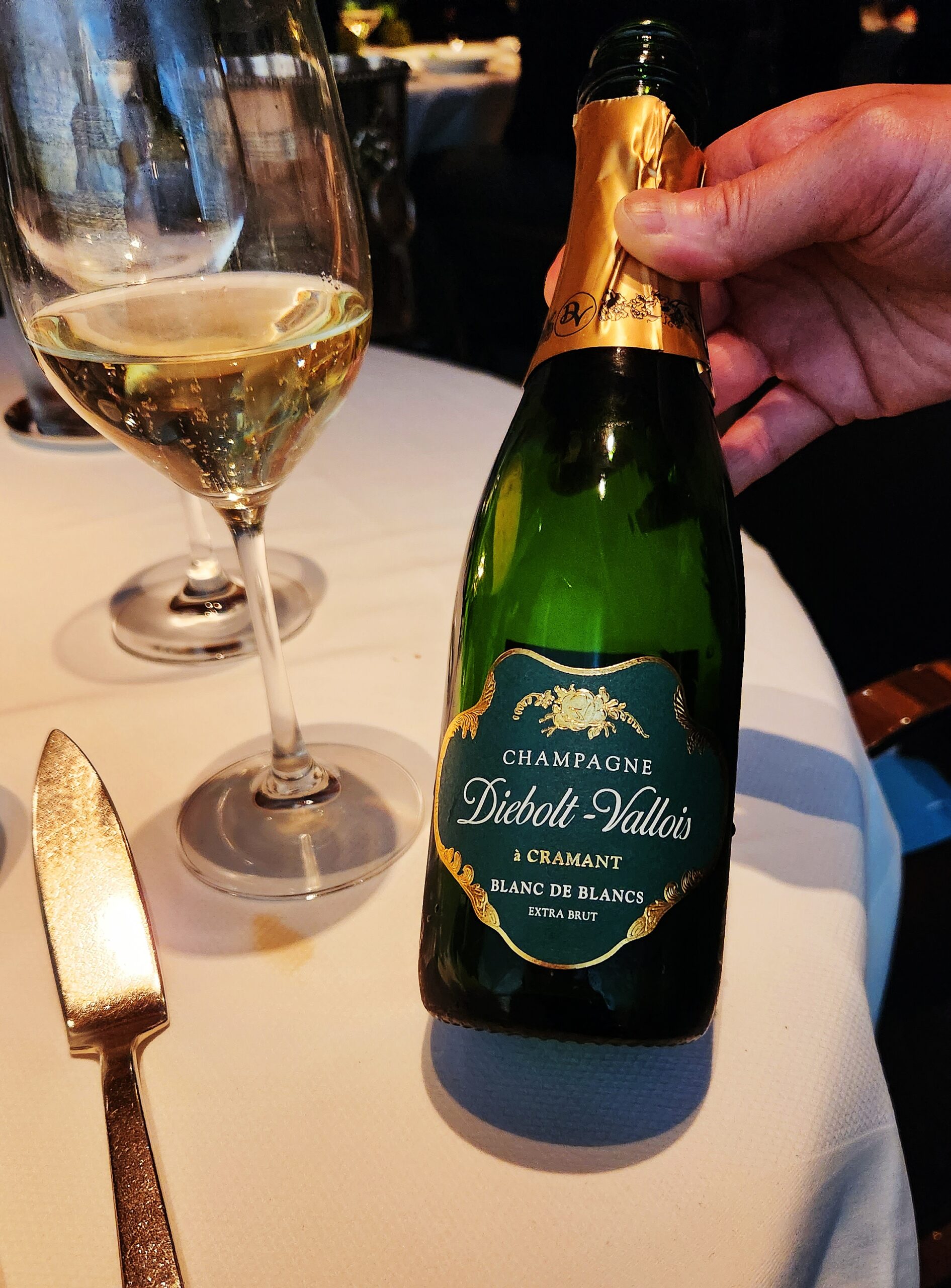
Chief Sommelier Barbara Wong, a long-time acquaintance of Ian D’Agata, took care of us expertly. We drank two half bottles with lunch: the Diebolt-Vallois Blanc de Blancs Champagne and the 2019 Schloss Gobelsburg Ried Lamm Grüner Veltliner. A family business, Diebolt-Vallois is located in Cramant, one of the grand cru villages in the Côte de Blancs. Grape growers back to the 1550s, it was not until 1978 that the estate underwent a sea-change with the extension of the estate and the construction of new cellars, and then a winery. The basic Blanc de Blancs proves to be one of the best Champagnes of its type I have tasted recently. Blancs de Blanc, made entirely from Chardonnay, can be harsh and aggressive at times. But here was a Champagne that captured the vivacity of the grape but with a nice creamy texture which allowed the freshness to shine without edginess. The Diebolt-Vallois NV Champagne Blanc de Blancs was pale straw, light, fresh, high-acid, delicate and soprano-like. It boasts nicely ripe Chardonnay fruit, such that this is not at all green, angular or tough. Ready to drink now, I’d enjoy this over the next four or five years. By contrast, the Schloss Gobelsburg 2019 Ried Lamm Grüner Veltliner is nicely dense, but at the same time penetrating in its very Grüner aromas and flavours of white pepper, herbs and crushed minerals. Rich and full-bodied, this finishes long and mouthcoating. Like the Champagne, it too is ready to drink now, and I recommend drinking it over the next five years or so, though it will still be a lovely wine well after 2028.
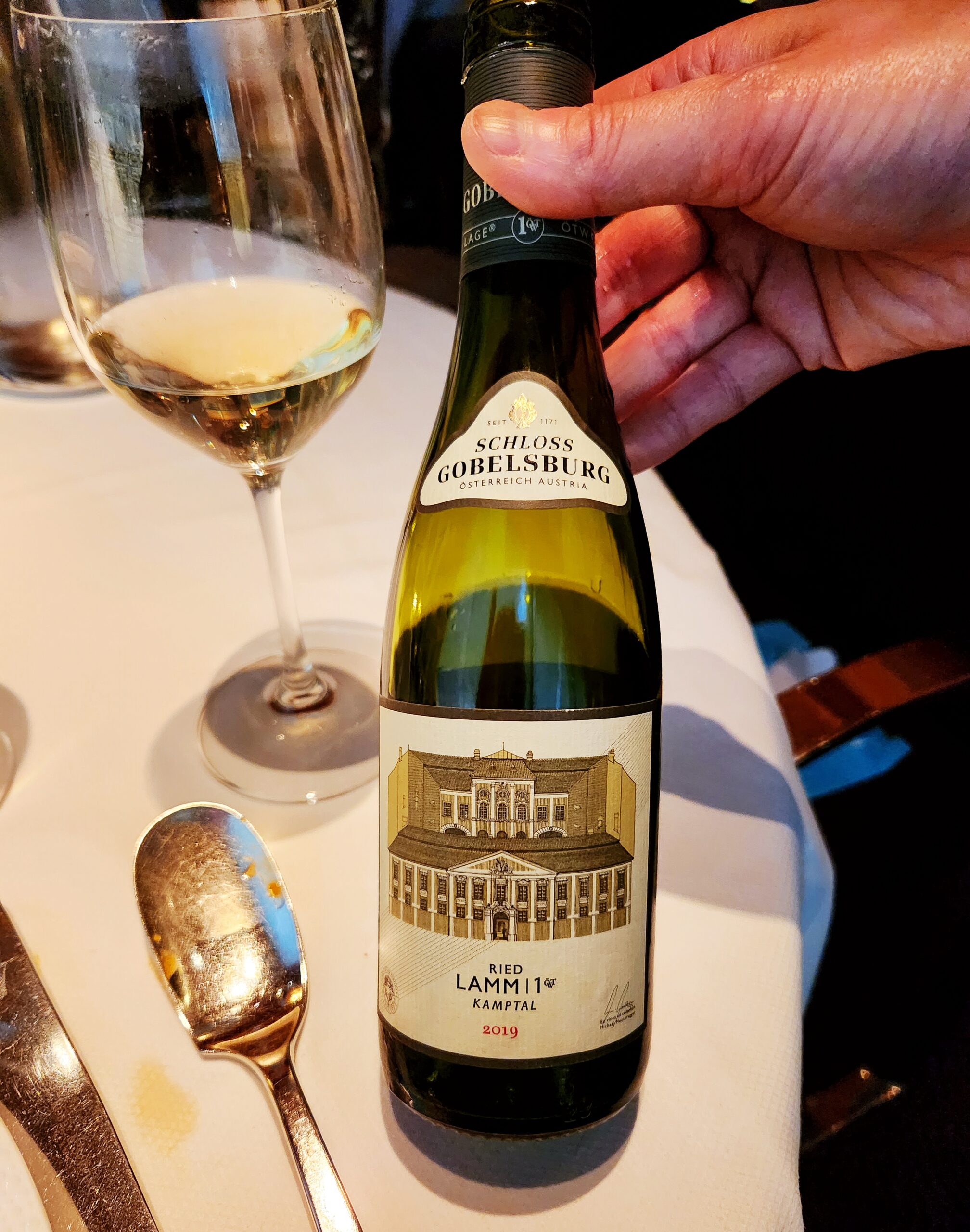
Now I come to the real point of this report: drinking a still wine after getting acclimated to a Champagne can prove to be a let-down. On its own, the Gobelsburg Grüner is a formidable wine of great density, length and palate penetration. But going from a high acid wine with lovely soprano notes to a weighty baritonal wine creates palate dissonance. A high-acid dry Mosel Riesling, an Assyrtiko from Santorini island or possibly a Pinot Blanc from Alto Adige would create much less of a clash than between a light, sprightly Champagne and a rich, full bodied white wine. Of course, going from a Champagne to a red wine is an adjustment that is easily made. I learned an important less from this experience: be careful in going from a Champagne to a still white wine.
New York can be an abrasive city. To spend two-three hours in complete civility being served superb food and excellent wines should never be taken for granted. Le Bernardin is a true classic.

 中文
中文
